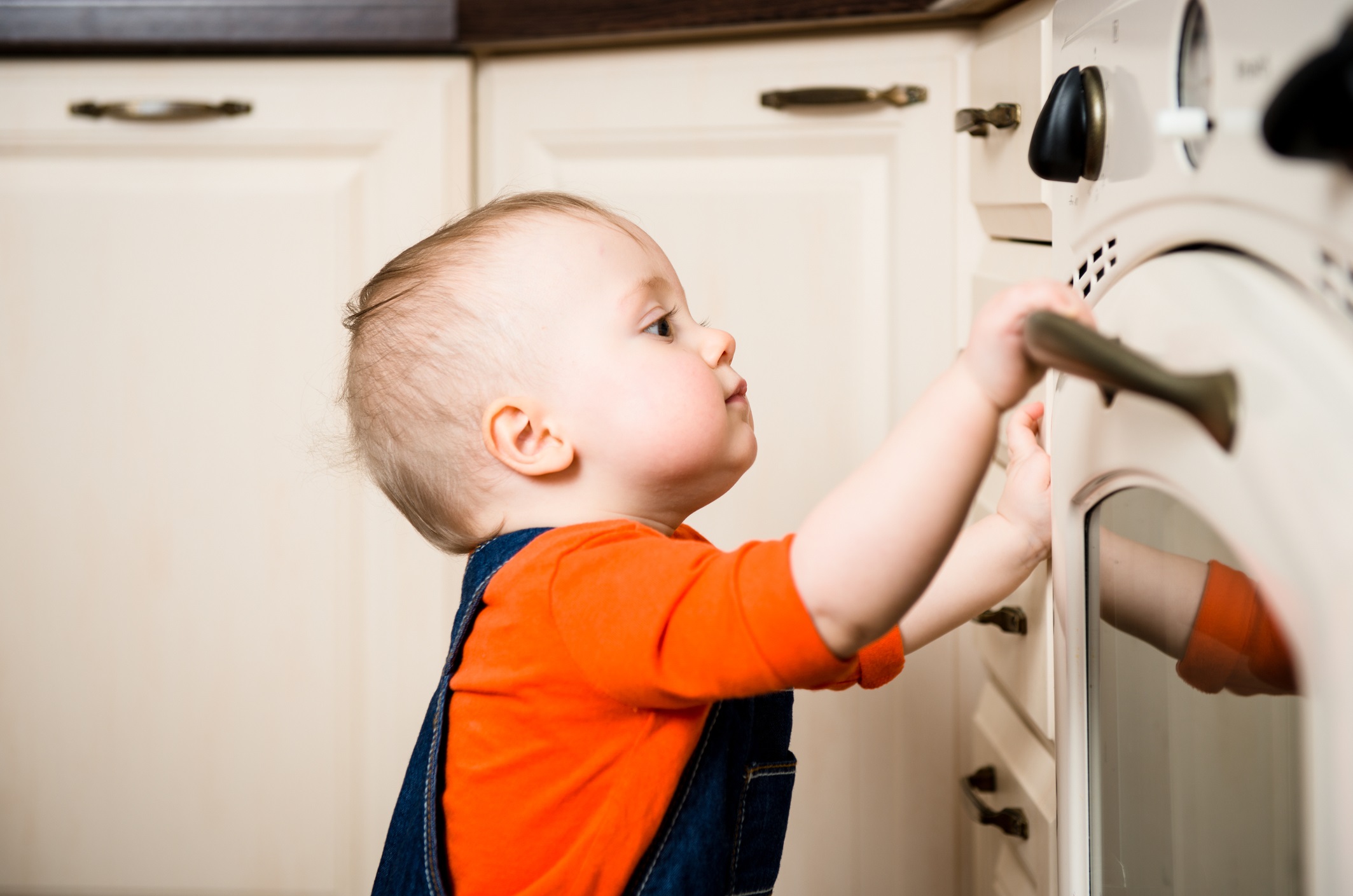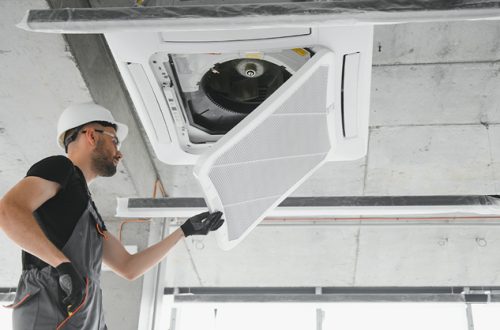As every parent knows, chasing after small children can seem like a full-time job! Their natural drive to explore means accidents are bound to happen – but there are steps you can take to minimize the risk and make your home child-safe. Here are some ideas to help you provide a healthy, safe environment for your child.
Tips for a Child-Safe Home
The best way to identify hazards around your home is to assess it from your child’s point of view. Look around; look up. Are there unstable shelves or drawers that can be climbed on and pulled down? Are there small objects within reach that a child could choke on? Protect your child with these simple steps before accidents happen.
- Install and maintain smoke detectors. While we’re on the topic of installing safety features, a secure alarm system is a must in the home, especially as mothers (new ones too) feel a sense of responsibility for their kid’s safety, where this installation can help provide peace of mind. If this is something you haven’t done yet, doing a quick search into something as simple as alarm systems perth (if you live in this area of Australia) would be the first step to take. The safety of you and your family is important, so I’m sure you’d do all you can to prevent anything from happening.
- Keep cords for electrical appliances out of the reach of children.
- Put childproof locks on cupboards and drawers before children are old enough to open them.
- Block access to stairs with a gate.
- Put a barrier around a gas or wood burning fireplace or stove to prevent children from touching hot surfaces and being burned.
- Use plastic safety covers over electrical outlets so that children cannot poke their fingers or metal objects into them.
- Take care when replacing or disposing batteries to make sure children do not have access to them.
- Always supervise children at play, especially little ones under the age of three.
Hazards to Avoid
—
1. Small objects:
Young children put things in their mouths and over their heads. Keep plastic bags and small household items like toy parts, coins, paper clips, pen caps, jewellery, screws, buttons, keys, candy and gum out of the reach of children.
2. Dangerous furniture:
In their drive to climb, children might pull furniture down on themselves, leading to serious injuries. Every year across Canada, children are hospitalized with injuries caused by a falling television set. Avoid furniture with legs or wheels, choosing instead a wide base that sits directly on the floor. Anchor furniture to the wall if possible. Put your TV on a low, stable base and push it back as far as possible.
3. Loose cords and wires:
Keep the cords from blinds or curtains out of reach, or consider cordless window coverings. Never put a crib, bed, high chair or playpen near a window or a patio door where a child can reach the blind or curtain cord. Remember to always remove cords and drawstrings from children’s clothes such as sweaters, hoodies, hats, or jackets. Do not leave excess lengths of electrical cords where a baby can reach them.
4. Kitchen and bath hazards:
Your hot water temperature setting should not exceed 49°C (120°F). Equip your oven and dishwasher doors with child safety locks. Keep cords for electrical appliances, such as deep fryers, kettles, steam irons and toasters, out of the reach of children. Turn pot handles toward the centre of the stove. Children can be hurt or burned if they pull a pot or appliance off a counter. Block access to stoves and fireplaces and keep burning candles out of the reach of children and pets.
5. Household poisons:
Keep all chemical and household cleaning products in a locked cupboard out of reach. Ensure that child-resistant closures are working and installed properly, and teach children what the hazard symbols on the containers mean. But don’t stop there. Cosmetics, medication, vitamins and first-aid treatment products should also be locked safely out of sight. And remember, some indoor plants, like poinsettias, azaleas and rhododendrons, are poisonous. Always keep your local poison control centre phone number handy!
Don’t Forget the Backyard
—
Children often fall while playing outdoors. Consider using shock-absorbing surfacing in your play area, such as sand or shredded wood products. Grass can be too hard for little heads. Teach your child to go feet first down a slide and to climb off equipment safely. Check equipment for worn, loose or broken parts. Make sure you put child-proof barriers around hot tubs, pools and ponds. Above all, always be there to supervise your child’s play.
Following these simple child-safe guidelines will allow you to enjoy special moments with your child – without worrying about their safety. And what could be sweeter than that?
The information in this article has been adapted from the following web sites. For more on making your home child-safe, visit:
- Health Canada: Is Your Child Safe? Playtime
- Health Canada: Safety Around the House
- Government of Canada: Furniture, Appliance and Television Safety
- CAA Quebec: Young children’s safety in the home: parents and grandparents be responsible
- Health Canada: Safety Around the House
OSPE has a partnership with The Personal Insurance Company with regards to home and auto insurance for our engineers, engineering graduates and engineering students.
To find out more, call 1-888-476-8737. Or visit thepersonal.com/https://ospe.on.ca/wp-content/uploads/2024/10/academy-banner-7.png.
The Personal refers to The Personal General Insurance Inc. in Quebec and The Personal Insurance Company in all other provinces and territories of Canada.
The information and advice in this article are provided for informational purposes only. The Personal shall not be liable for any damages arising from any reliance upon such information or advice. The Personal recommends using caution and consulting an expert for comprehensive, expert advice. It is also recommended that you consult the owner’s manual and follow the manufacturer’s instructions and guidelines with respect to the use, installation and storage of products referred to herein.






Leave a Comment